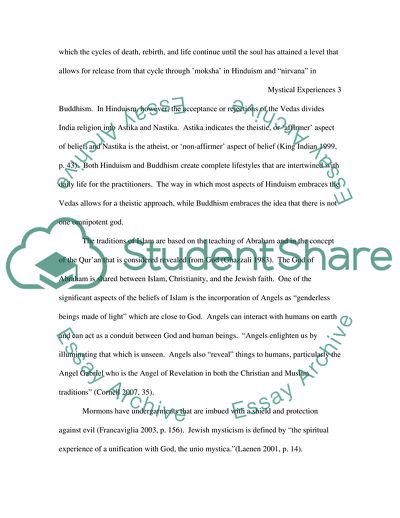Cite this document
(The Differences within a Religion Case Study Example | Topics and Well Written Essays - 1750 words, n.d.)
The Differences within a Religion Case Study Example | Topics and Well Written Essays - 1750 words. https://studentshare.org/religion-and-theology/1721759-an-extended-critical-reflection-on-the-statement-the-commonalities-of-mystical-experience-offer-a-unique-bridge-between-religions-and-across-cultures
The Differences within a Religion Case Study Example | Topics and Well Written Essays - 1750 words. https://studentshare.org/religion-and-theology/1721759-an-extended-critical-reflection-on-the-statement-the-commonalities-of-mystical-experience-offer-a-unique-bridge-between-religions-and-across-cultures
(The Differences Within a Religion Case Study Example | Topics and Well Written Essays - 1750 Words)
The Differences Within a Religion Case Study Example | Topics and Well Written Essays - 1750 Words. https://studentshare.org/religion-and-theology/1721759-an-extended-critical-reflection-on-the-statement-the-commonalities-of-mystical-experience-offer-a-unique-bridge-between-religions-and-across-cultures.
The Differences Within a Religion Case Study Example | Topics and Well Written Essays - 1750 Words. https://studentshare.org/religion-and-theology/1721759-an-extended-critical-reflection-on-the-statement-the-commonalities-of-mystical-experience-offer-a-unique-bridge-between-religions-and-across-cultures.
“The Differences Within a Religion Case Study Example | Topics and Well Written Essays - 1750 Words”. https://studentshare.org/religion-and-theology/1721759-an-extended-critical-reflection-on-the-statement-the-commonalities-of-mystical-experience-offer-a-unique-bridge-between-religions-and-across-cultures.


